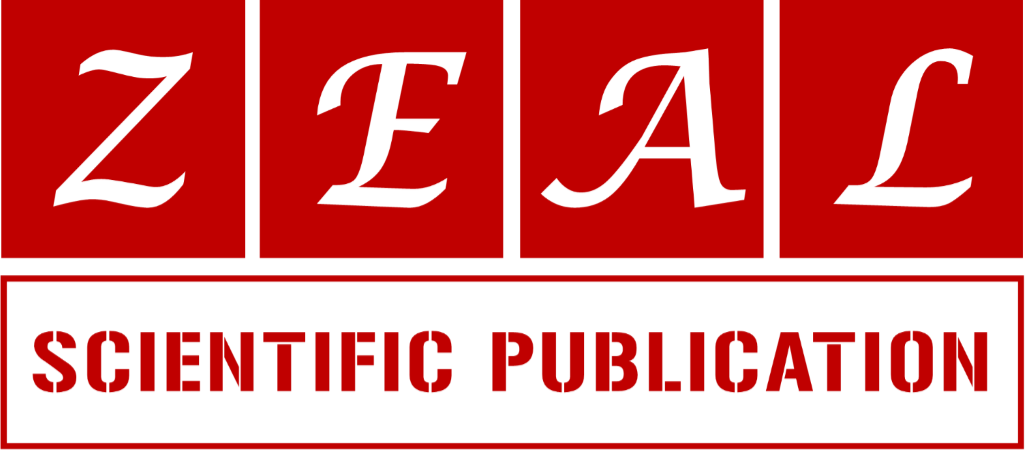Effect of triaxial and CBR Scrutiny on mechanical strength and microstructure of kaolin clay powder mixed SSA geopolymer and its performance at various percentages
1 Department of Civil Engineering, Federal University Oye Ekiti, Ekiti State, Nigeria.
2 Department of Civil Engineering, Federal University of Technology Akure Ondo State, Nigeria.
Research Article
World Journal of Engineering and Technology Research, 2022, 01(01), 011–020.
Article DOI: 10.53346/wjetr.2022.1.1.0024
Publication history:
Received on 02 January 2022; revised on 08 February 2022; accepted on 10 February 2022
Abstract:
The stabilization capability of kaolin clay powder (KCP), Ordinary Portland cement (OPC) and rice husk ash (RHA) was scrutinized using laboratory scrutiny. This was meant at assessing the effect of KCP, OPC and RHA on the stabilization of three lateritic soils for use as sub-base pavement layer materials. Three soils (Soil A, B and C) were improved with various percentages (via weight of dry soil) at 0, 2, 4, 6, 8 and 10% for all stabilizing agents and compacted via BSL (British Standard light) energy. Their impacts were assessed on the strength physiognomies such as UCS (unconfined compressive strength), OMC (optimum moisture content), and California bearing ratio (CBR), and MDD (maximum dry density tests based on ASTM (American Standard Testing Materials) codes. The result reveals that MDD improved with increase in the quantities of all the additive (SSA, KCP and geopolymer) content, while OMC for KCP reduces from 18.65% at 0% to 14.02%. Both SSA and geopolymer increase from 18.65% at 0% to 18.86% and 22.20% at 10%. Similarly it displays highest CBR of the soil from 10.88% at 0% to 12.84%, 112.95% and 144.45% for (SSA, KCP and geopolymer, this specify that lateritic soil treated with 2% stabilizer yielded CBR values of more than 405%.
Keywords:
Road engineering; Sodium silicate; Rice hush ash; Geopolymer
Full text article in PDF:
Copyright information:
Copyright © 2022 Author(s) retain the copyright of this article. This article is published under the terms of the Creative Commons Attribution Liscense 4.0
